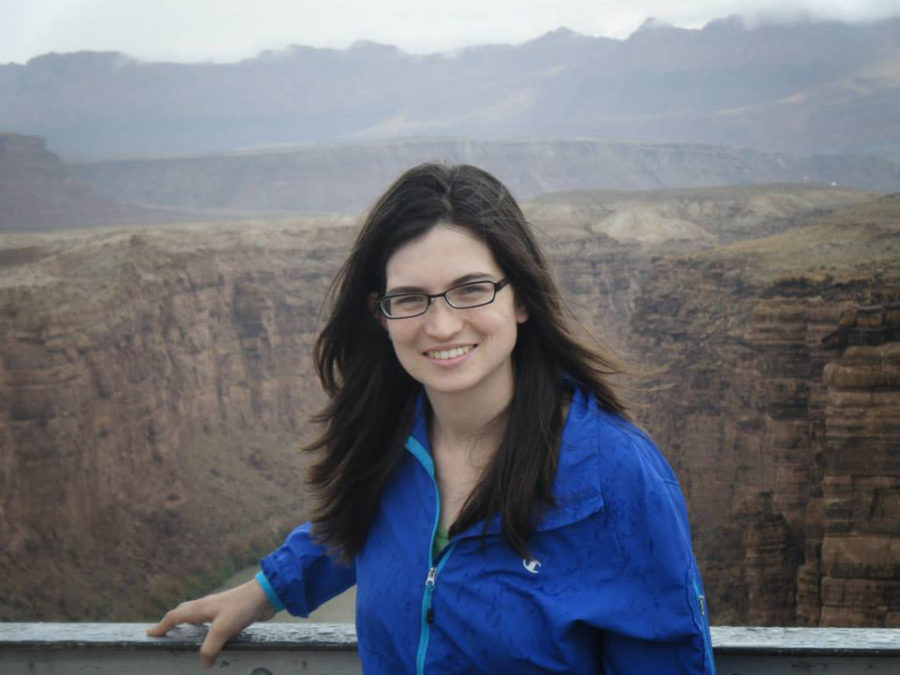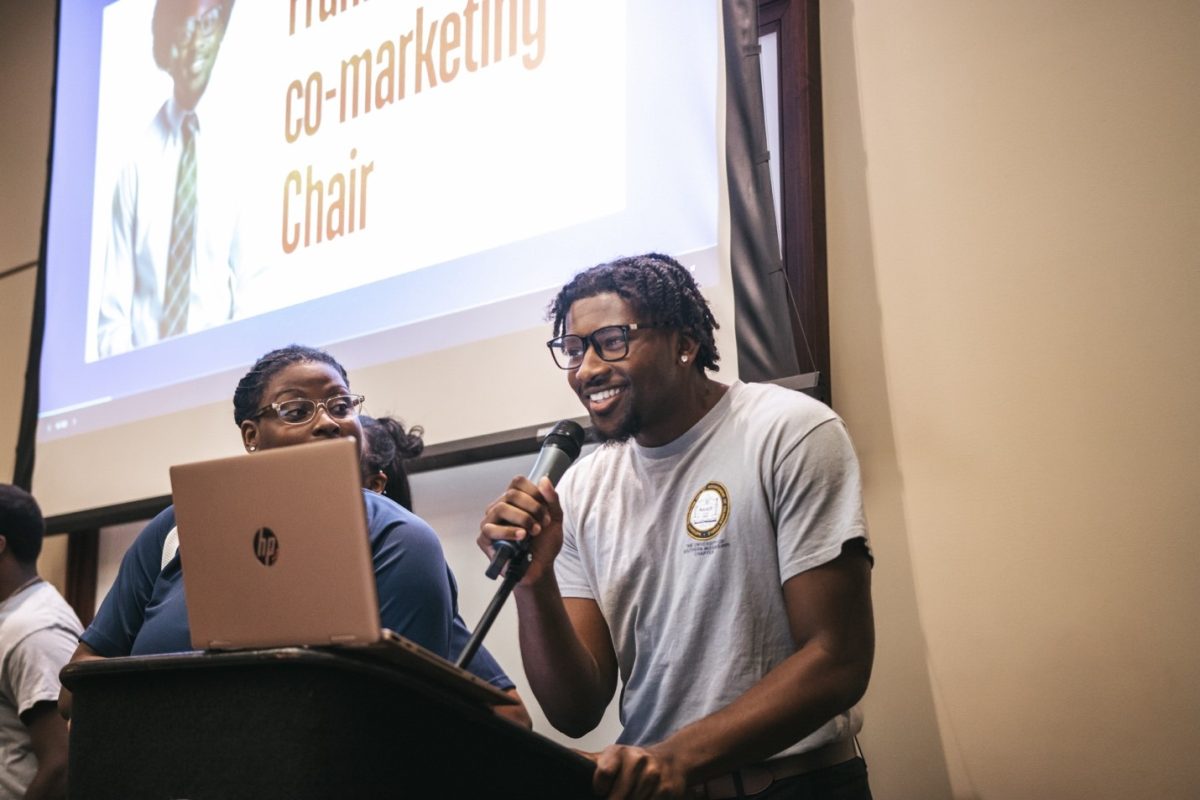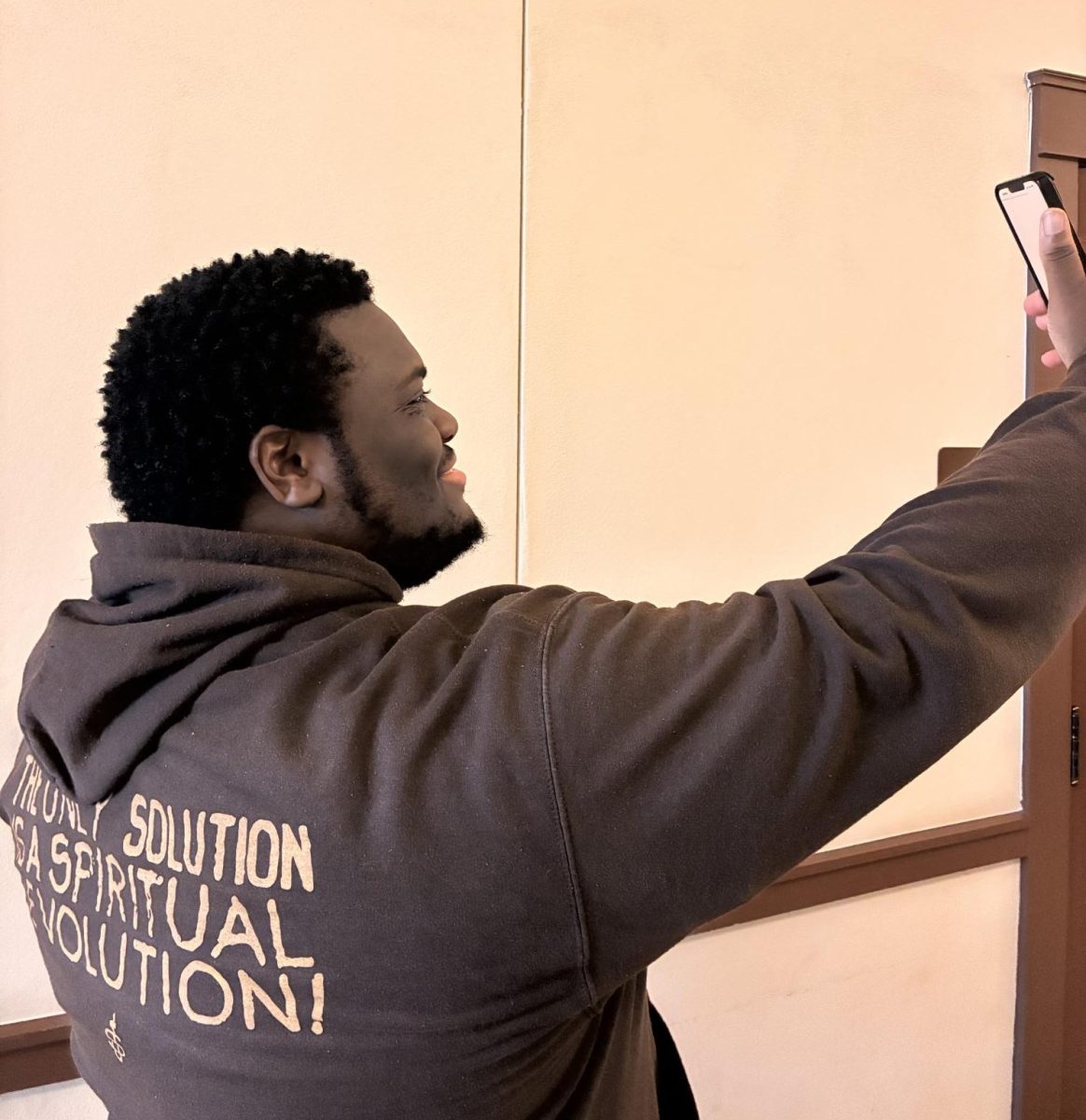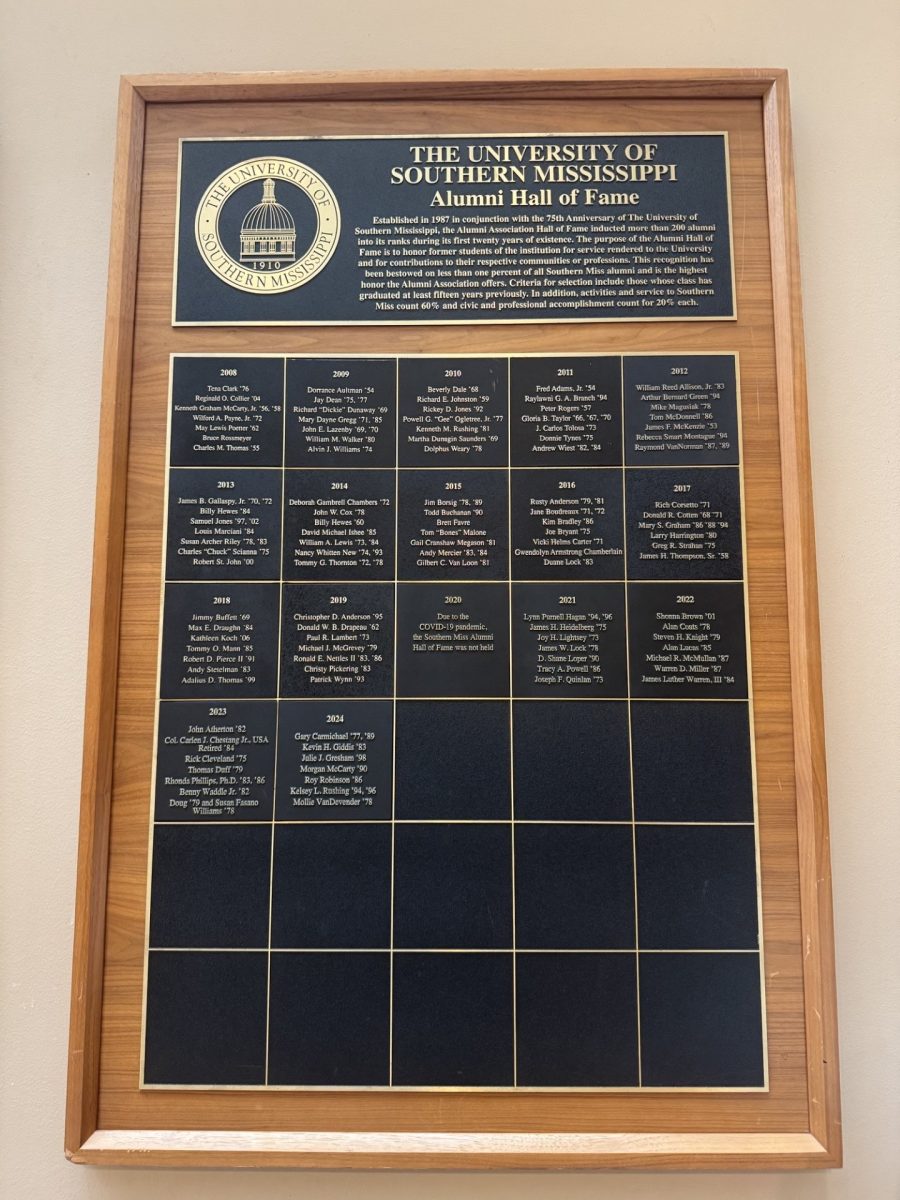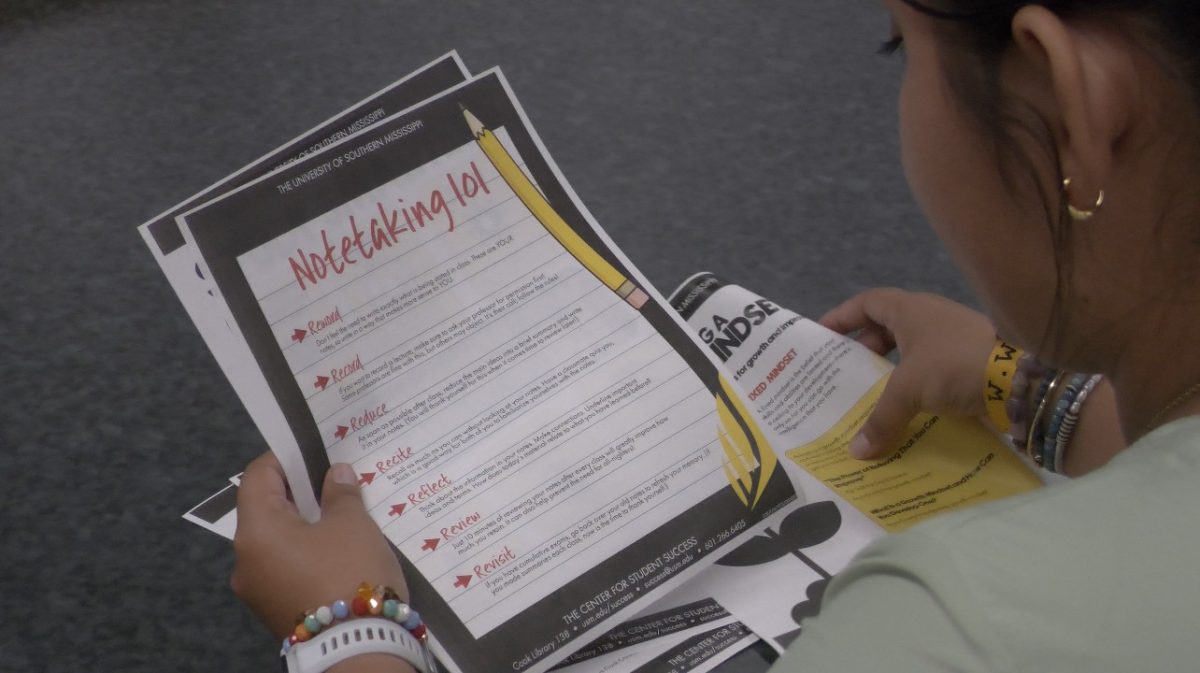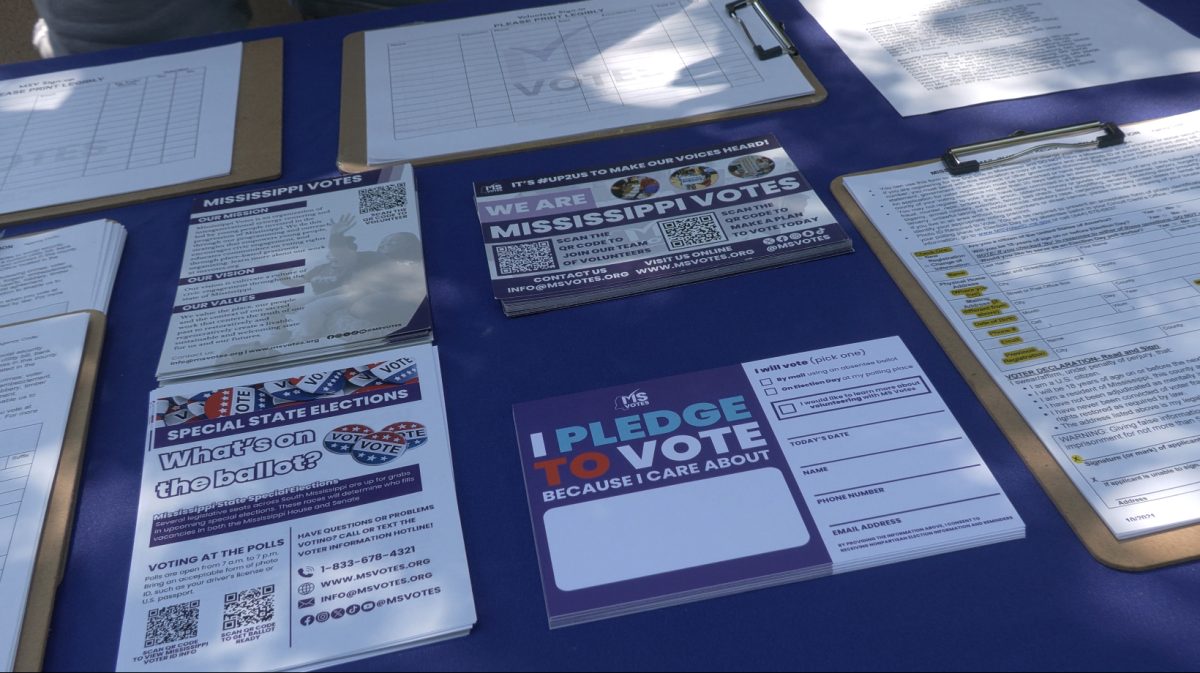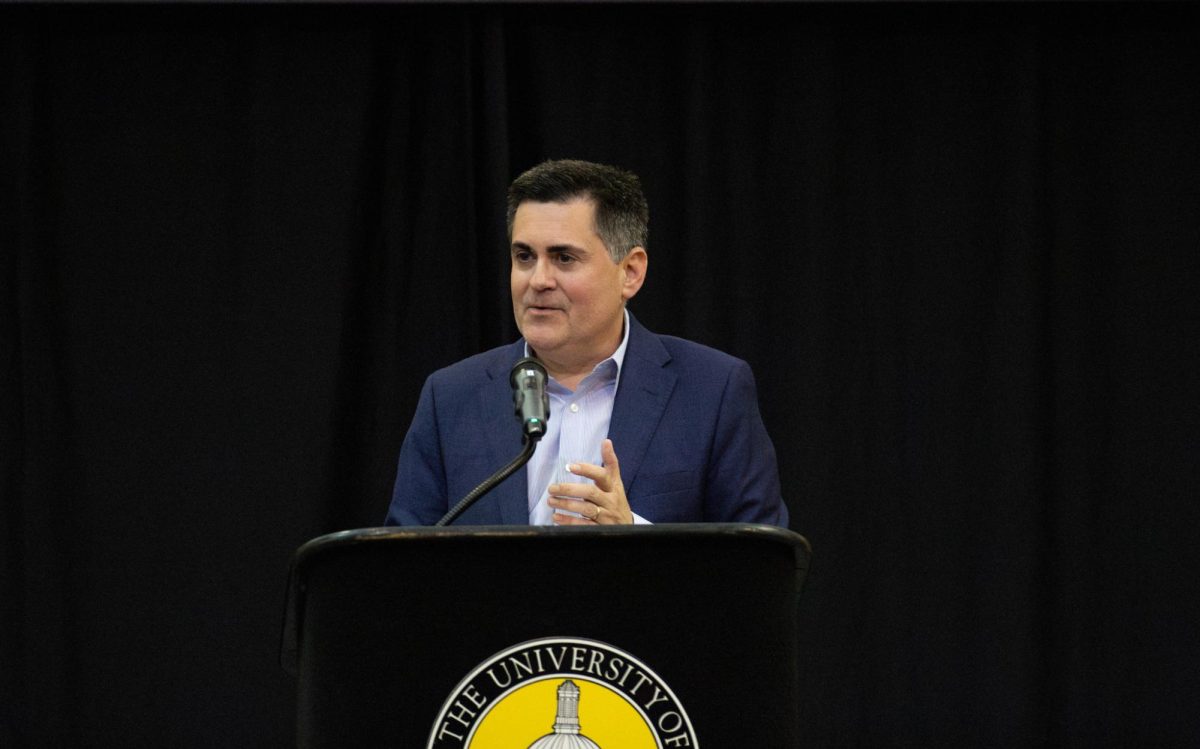<h5″>Graduate student Laura Whitmore will spend 65 days aboard the U.S. Coast Guard Cutter “Healy” to study methane distribution in seawater and its transmission into the air.
University of Southern Mississippi graduate student Laura Whitmore set sail for a research cruise to the North Pole Aug. 9 aboard the U.S. Coast Guard Cutter “Healy.”
The second-year Department of Marine Science master’s student began her 65-day voyage at Dutch Harbor, Alaska, and will focus her research on the study of dissolved methane distribution and transport in the Bering Sea and Arctic Ocean.
Methane is 21 times more potent than carbon dioxide as a greenhouse gas, and it is therefore very relevant to the discussion on global climate change.
“The Arctic Ocean is extremely sensitive to warming,” Whitmore said. “Most people think of the Arctic ice cap melting and habitat loss for polar sea life. However, there is another very interesting aspect to consider. The Arctic sediments are host to a very large reservoir of stored methane. While it is stored, it is not a threat to warming, but as seawater warms there is a chance that the stored methane can be released to the seawater and subsequently the atmosphere, where it can cause more exacerbated warming.”
Whitmore hopes that her extensive research will help discover the current distribution of methane in seawater and how much of that methane is released into the atmosphere.
“Understanding these facets of methane distribution in the Arctic will set a baseline for future studies and enable a better estimate of the current impact methane from Arctic sediments has on climate”
-Whitmore
Whitmore will join 49 other researchers, representing 30 institutions from across the world, for the U.S. Arctic GEOTRACES Expedition, whose mission is to study marine biogeochemical cycles of trace elements and their isotopes.
“I always wanted to do something like this, but never expected to experience the reality of going to the North Pole,” Whitmore said. “I’ve never had an overnight trip on a boat before. I’ll have a very steep learning curve for how to live on a boat, especially in a region notorious for rough seas.”
The Palmer, Alaska native earned her undergraduate degree in environmental sciences from Montana State University in 2013, after which she moved to Mississippi to work with esteemed oceanographers and join the Department of Marine Science master’s program, with an emphasis in chemistry.
She has spent the past year working in the lab of Alan Shiller, a professor in the Department of Marine Science. Shiller selected Whitmore as his lab’s representative on this GEOTRACES cruise.
“Laura is not only book-smart, (but) she’s also got a lot of common sense and is quite proactive with a can-do attitude,” Shiller said. “She’s the sort of student you can give a task to and then stand out of the way while she accomplishes it.”
The “Healy” is a 420-foot Coast Guard Cutter designed to break 4.5 feet of ice continuously at 3 knots (3.5 mph), and the vessel can operate in temperatures as low as −50 °F. The icebreaker has a maximum speed of 17 knots (20 mph).
To avoid the possibility of cabin fever, Whitmore plans to bring some important items along for
the trip.
“Among the essential items I will have with me are books,” she said. “We’ve got two months mostly Internet-free, although we can do some e-mailing. Alongside reading material, I have some good old-fashioned puzzle books to keep
me entertained.”

























